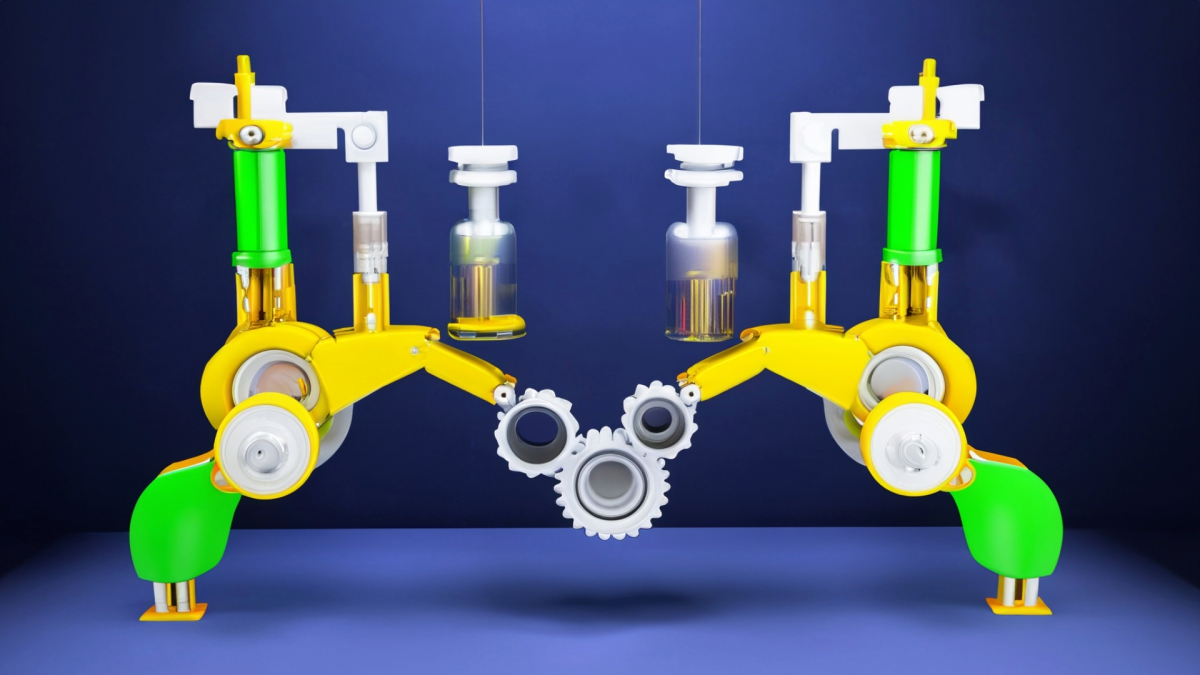Grades:
5th Grade
Within this hands-on lesson, students use the engineering design process to create a device that will protect an egg from a two-story drop. They work within small groups and test their creation and
Grades:
5th Grade
In this lesson students will explain all three of Newton’s laws of motions. Students will collaborate and communicate effectively with their peers to complete an engineering design challenge to design
Grades:
8th Grade
Students will measure the height, diameter, and circumference of a tree in this engaging lesson. They will then determine a tree’s age by counting growth rings. Students will determine how rainfall
Grades:
8th Grade, 9th Grade
Connect real world situations to the graphs of parabolas through flight. Groups will create PVC stomp rockets, collect data of their rocket's flight path and graph this path on paper to compare to
Grades:
4th Grade
Students are experimenting on their own to find out which materials would create the best water filter, after reading The Water Princess and discussing water scarcity. This engaging lesson combines
Grades:
5th Grade, 6th Grade
This hands-on lesson has students create a barometer using a jar, balloon, stir stick and tape. They collect data over a span of time and graph it to understand how a barometer works and how it
Grades:
9th Grade, 10th Grade, 11th Grade, 12th Grade
This lesson uses a Modeling Instruction approach to developing the graphical and mathematical relationship commonly known as Newton's 2nd Law for students in Grades 9-12. Students design an experiment
Grades:
9th Grade, 10th Grade
This lesson plan focuses around 4 key topics, with activities for each. The plan covers renewable energy, solar energy, why solar energy is important, and what the children can do to conserve energy
Grades:
6th Grade
In this 1-day lesson, students are challenged to collaborate with their teams to create a plan and use PVC halves to transport 1 golf ball 75 feet without touching the ball or allowing the ball to
Grades:
5th Grade
Students will use multiple modes of learning to learn about how force is affected by mass changes. The book Newton and Me will be read aloud and used for a discussion. Finally students will construct
Grades:
6th Grade
In this hands-on lesson, students will construct a paper windmill. They put it to the test by using a fan to see how their fan holds up to the wind. This is a great way to cover science, engineering
Grades:
7th Grade
Students use their knowledge about cells and their organelles to create a dichotomous key to help guide others' thinking to decide if a cell is a plant cell or animal cell. Students need access to
Grades:
6th Grade
To demonstrate their understanding of how energy is passed throughout an ecosystem and the symbiotic relationships of organisms within an ecosystem, students construct a food web marble run. This
Grades:
7th Grade
This is Task 3 (Lesson 3) of four tasks (lessons) of an overall project entitled “Escaping 7th Grade Science Room”. Students will construct a 3D model of both an animal cell and human cell. They will
Grades:
1st Grade, 2nd Grade, 3rd Grade, 4th Grade
This lesson takes place over three hour-long, before- school STEAM club meetings. Students will discuss and learning about weather and climate. Then they will complete an engineering challenge to
Grades:
2nd Grade
In this engaging lesson, students discover what a volcano is and what causes it to erupt. There is a literacy integration, video resources, and other helpful information included.
Grades:
8th Grade, 9th Grade, 10th Grade, 11th Grade, 12th Grade
This lesson is designed to allow students the experience to move from an additive understanding in mathematics to a multiplicative understanding through this activity called Cootie Catcher. The
Grades:
4th Grade, 5th Grade, 6th Grade
This lesson plan includes ideas and materials centered on Mark Kelly's book Mousetronaut. The students will be discussing gravity and listening to the book. They will then be participating in an
Grades:
5th Grade
In this lesson, students will be able to analyze and communicate evidence of the effects of balanced and unbalanced forces on the motion of objects. They conduct research to provide evidence of the
Featured
Dash Around the Table
Grades:
2nd Grade
This is about a one hour lesson where students work in small groups of 2-4 to get their robot around their table using estimation of centimeters. Students will write a program in Blockly that gets the
Grades:
6th Grade
Students will use a Scratch template to make a model of the seasons, one from a view above the ecliptic, one to the side of the ecliptic and then a distance-time graph. Students will be using their
Grades:
3rd Grade
In this lesson, students will design a game to practice multiplication and division facts through 100. They will only be allowed to use the following materials: popsicle sticks, small stones, sidewalk
Grades:
9th Grade, 10th Grade, 11th Grade
In this lesson, students will be introduced to the concept of homeostasis with online research and then investigate how feedback mechanisms are used to maintain homeostasis during exercise during an
Grades:
5th Grade
In this fun lesson, students create models of the Earth, sun, moon, and planets that can go on robots. They experiment with light and movement to demonstrate the rotation of sun, earth, and moon using
Featured Lesson Plans
Check out these notable lesson plans.

Featured
Pumpkin Jack Part One
Grades:
4th Grade
This lesson includes fourth grade reading, writing, math, science, and engineering standards. The potential is endless with additional enrichment activities. Students participate in the nurturing and

Featured
Simple Machines Save the Day
Grades:
5th Grade
In this lesson students read about simple machines and learn that simple machines make it easier to lift or move things and that they can change direction and magnitude of force. Students use LEGOs to

Grades:
6th Grade
Students are tasked with using the Engineering Design Process to create a system of harvesting rainwater to meet the needs of residents in communities that have a scarce water supply (shortage of


